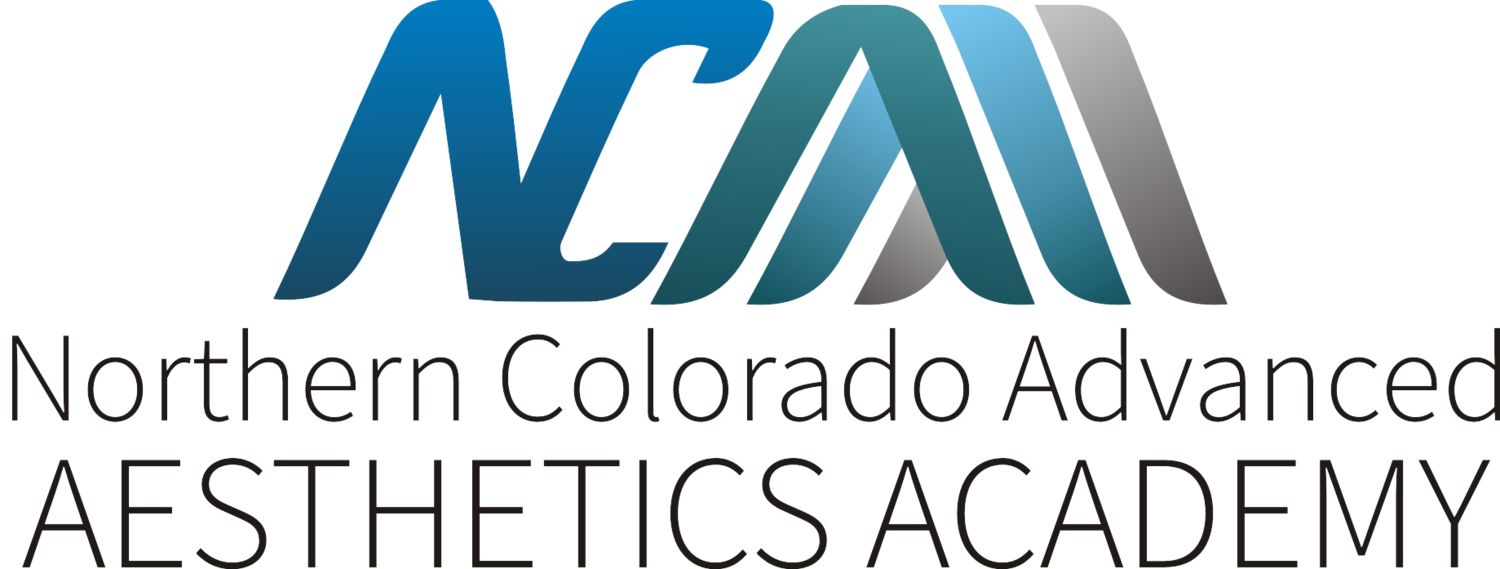5 Side Effects of Facials You Can Help Clients Avoid
Facials, when performed correctly, remove dirt and germs from pores while also improving the overall appearance and feel of your client's skin. However, there are certain downsides to this cosmetic procedure that can leave the skin looking less than appealing. Before doing any procedure, ensure it is suited for your client's skin type. The vast majority of adverse effects are self-limiting, but more severe reactions may demand medical attention.
Here are a few typical adverse effects that some individuals may suffer after a facial, as well as tips on how you can help clients avoid them.
1. Irritation and Redness
The most typical side effects of a facial are redness and blotchy skin. This might be related to the exfoliation pressure and any extractions or substances used during the operation. Allow the client's skin to recuperate by instructing them not to wear makeup or use any other products on their skin for the first day or two following their facial. Advise them to schedule their treatment three days before a major event where they want to look their best so their face can have time to dissipate the redness.
2. Breakouts
Bacteria that get into the skin during a facial typically cause post-facial outbreaks. Steam machines and inadequately sanitized instruments can serve as breeding habitats for these germs. Avoid or minimize this effect by using facial instruments immediately after taking them out of the machine.
3. Scarring
When aestheticians use their fingers or equipment to remove impurities from pores, they risk harming the client's outer skin layer. Extractions that are too forceful might result in wounds and bleeding. If you damage the client's skin, the injury might lead to an infection, or worse, scarring. Make sure to always wear gloves to protect your client and reduce their risk of infection.
4. Dryness
One of the primary goals of a facial is to exfoliate the client's skin and bring the freshest layer of skin to the surface. However, exfoliating too vigorously may leave the client's skin feeling dry and sensitive. Help the client avoid dryness by recommending a mild, fragrance-free moisturizer. Avoiding the sun after a facial is also recommended since UV rays can further aggravate dry skin.
Avoid Complications With a Proper Facial Consultation
A facial consultation is a process of determining a client's skin type, benefits, and defects to offer the appropriate treatments. As an aesthetician, you will collect a medical history, learn about the client's existing skin regimen, and establish objectives for improving their skin.
During this time, you will have the opportunity to discover more about their medical history regarding skin health, any skin diseases they have been diagnosed with, and any allergies that may produce a rash, itching, or redness.
You'll also discover more about their skin type, such as whether it's normal, dry, oily, or combination. Ask for any spa treatments they've had in the past and any problems they've encountered with previous facials.
Learn about facials and how to help clients deal with the side effects by enrolling in a comprehensive and detailed advanced aesthetics skincare program. Here at Northern Colorado Advanced Aesthetics Academy, we train our students to have a solid foundation and understanding of skin conditions and the most suitable treatments. We also offer courses on eyelash extensions, lash lifting, lash and brow tinting, and more.
